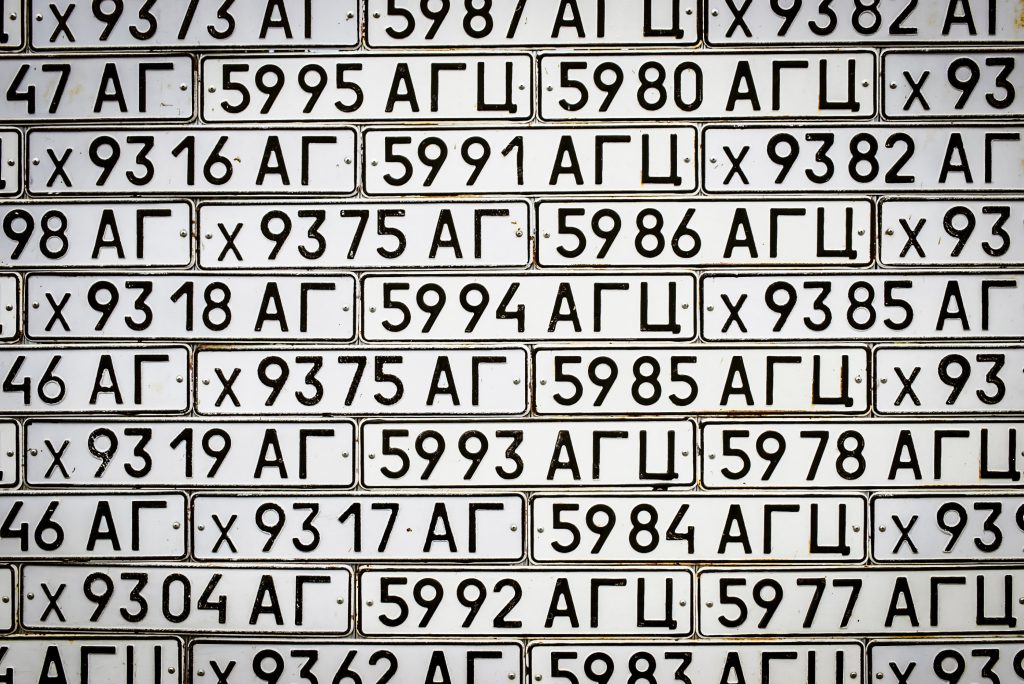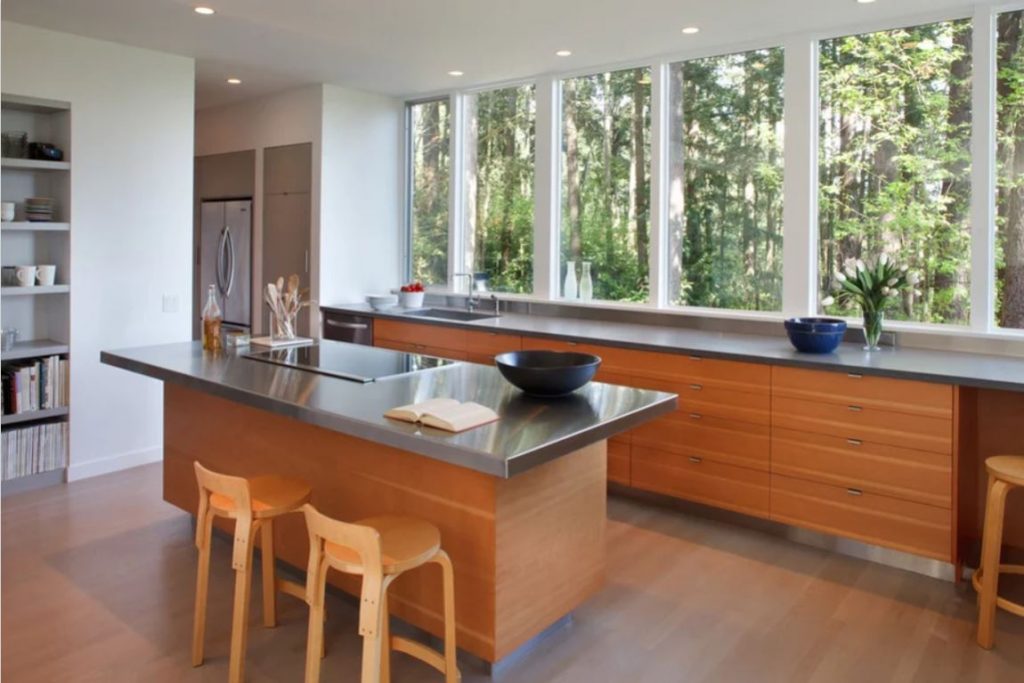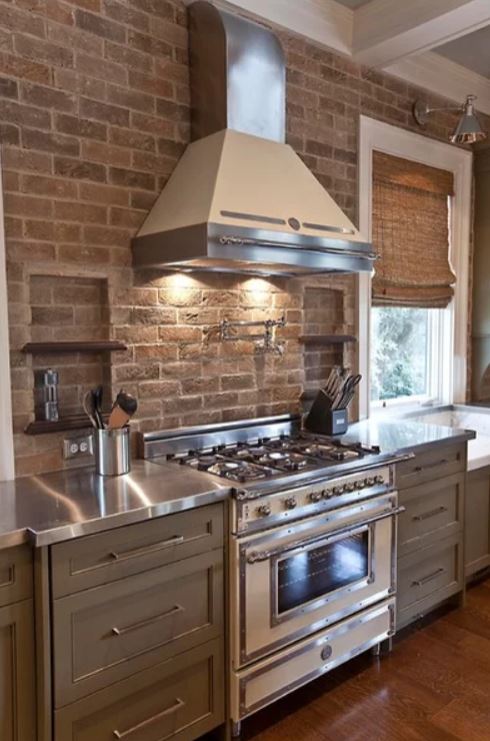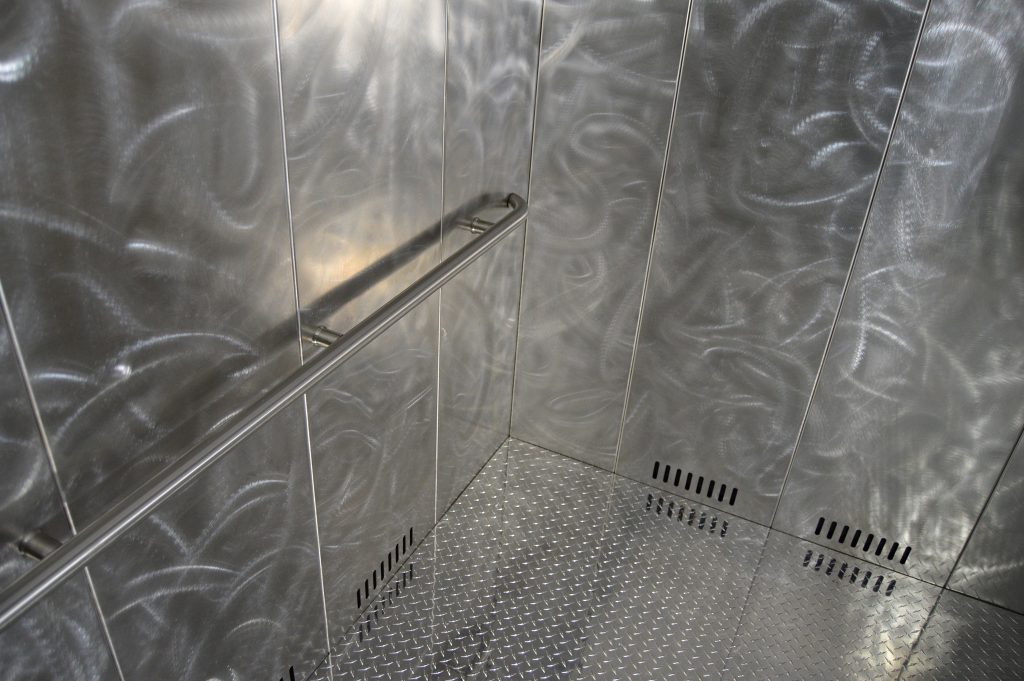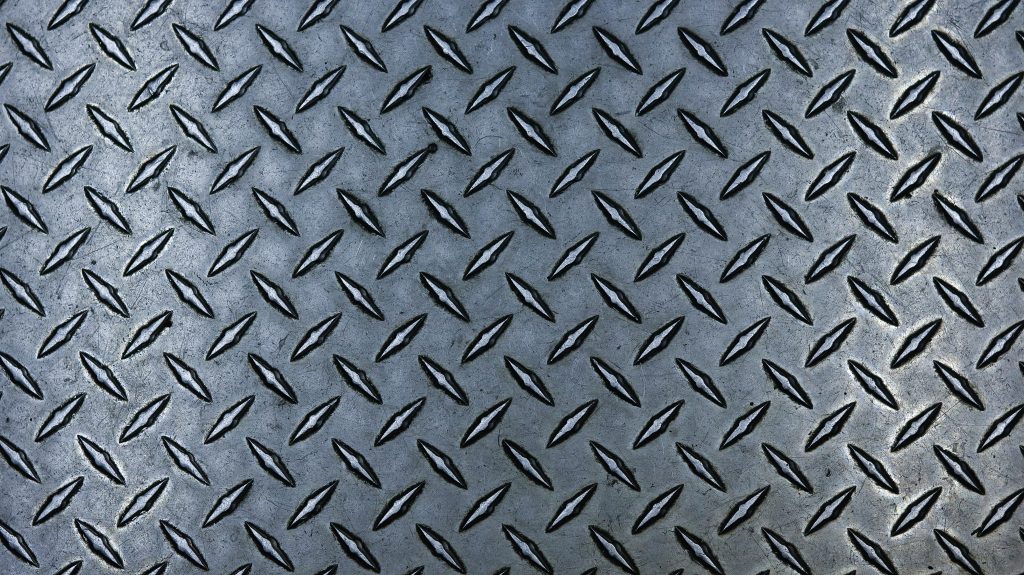Steel is a term we consider synonymous with strength. Having a steely glare, being tough as steel: both expressions used to describe someone who is hard, strong, and determined.
So then, it may surprise you to learn that untempered steel can be nearly as fragile as glass! Without the tempering process, any steel produced will be extremely hard but also quite brittle. If it remains this way, it would be too prone to breakage to use in most applications.
Tempering is a method of heat treatment used to increase the resilience of iron-based alloys such as steel. After an initial heat treatment has been done to boost the steel’s hardness, tempering then reduces some of that hardness to help improve its strength. The end result is a steel which is less brittle, with increased ductility and abrasion resistance.
The tempering process begins after the steel has gone through an initial hardening treatment. With hardening, steel is brought to very high temperatures just short of melting, and quenched to cool it as quickly as possible. This quenching essentially locks the steel’s crystal structure and creates a very hard material. Tempering is then done immediately afterwards; if left to sit after quenching, the risk of cracking within the material will increase. To temper the steel, it involves reheating it once again to a high temperature and cooling, but in a less extreme or abrupt way than with hardening. Once exposed to the desired temperature, the steady heat application helps to relieve any internal stresses within the steel. Finally, the metal is removed and allowed to cool naturally in still air. So perhaps the best way to imagine tempering is as though you were baking a cake: you’ll have the best result if you are careful to set the right temperature, length of time, and gradual cooling.
Adjusting the peak temperature for tempering allows you the opportunity to create a product for a specific need. There are 3 temperature range categories when tempering steel:
- Low temperature: this tempering will somewhat reduce the metal’s brittleness, while retaining its hardness. Steel produced this way is often used for case hardening components and cold work tools.
- Medium temperature: the heat used in this range will produce a more elastic product. This means it’s now a more machinable and formable metal, which can be shaped and worked without losing the original shape. This steel is often used to manufacture knives.
- High temperature: the higher the temperature used during the tempering process, the greater toughness that is given to the steel. This combination of resiliency and toughness makes it a good choice when producing structural steel and machine components.
Overall, it’s a rule that any hardened steel must be tempered. And without tempering, your stainless steel and other alloys won’t have the high level of ductility and weldability that we’ve come to expect from high quality materials.

